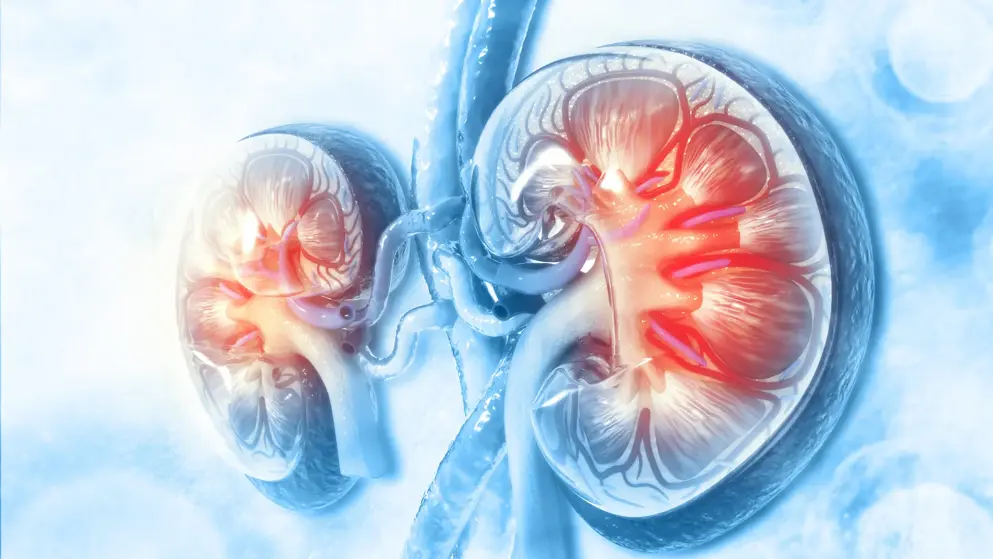Hyperkalemia in patients with chronic renal failure
Hyperkalemia in patients with chronic renal failure
Although hyperkalemia is much more common in patients with chronic kidney disease (CKD), the reported frequency of hyperkalemia varies markedly across studies, primarily due to differences in the ascertainment of hyperkalemia and the severity of CKD. Major risk factors for hyperkalemia among CKD patients include lower estimated glomerular filtration rate (eGFR), use of renin-angiotensin-aldosterone system inhibitors (RAASis), diabetes, older age and male gender. The use of two drugs to inhibit RAAS in diabetic CKD markedly increases the risk of hyperkalemia, as demonstrated in large multicenter clinical trials. Hyperkalemia has consistently been associated with an increased risk of adverse events compared with normokalemia, including all-cause mortality and cardiovascular morbidity and mortality. This risk is not explained by differences in comorbidity or estimated GFR, nor concomitant metabolic abnormalities such as acidosis among those with hyperkalemia. Sodium polystyrene sulfonate has been used commonly for decades to treat hyperkalemia in CKD patients, but without any high-quality clinical data to support its efficacy and with an increased risk of rare but serious colonic complications. The newer oral potassium-binding agents, patiromer and sodium zirconium cyclosilicate, have been shown to be effective and safe for the non-emergent treatment of hyperkalemia in CKD patients, including patients treated with RAASis. Although the long-term use of these medications may permit continuation of RAASis in CKD patients with hyperkalemia, the overall impact of this approach (as compared with down-titration of RAASis and/or up-titration of diuretics) on long-term morbidity, mortality and quality of life remains uncertain.
Read abstract on library site Access full article
Featured Learning Zones
You may be interested in...
The 2023 update of the German Society of Neurology’s guideline on Parkinson’s disease (PD) provides detailed recommendations on the use of transcranial brain parenchyma sonography (TCS) for early and differential diagnosis. This update addresses previously unspecified diagnostic criteria and investigator qualifications, offering a robust framework based on a systematic literature review.




